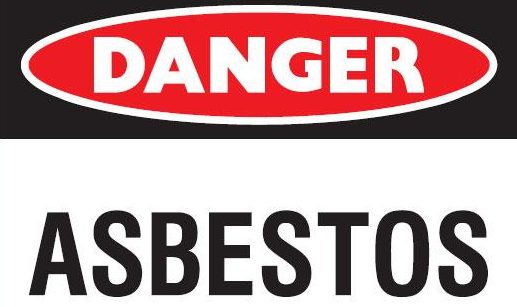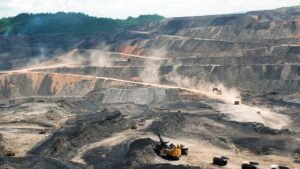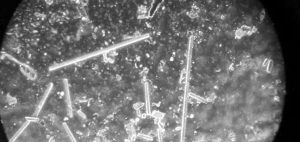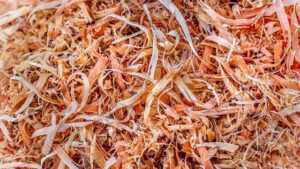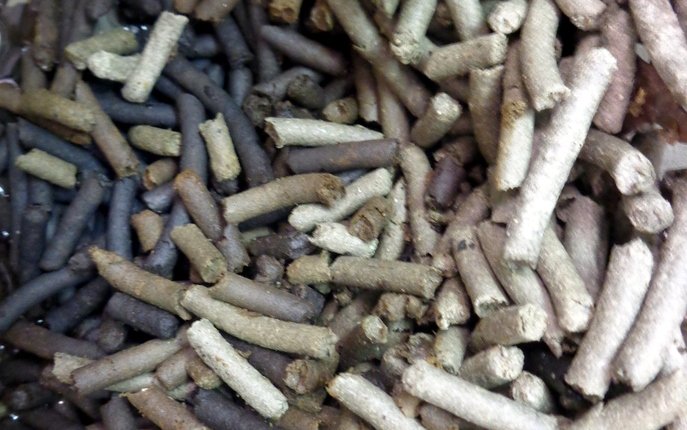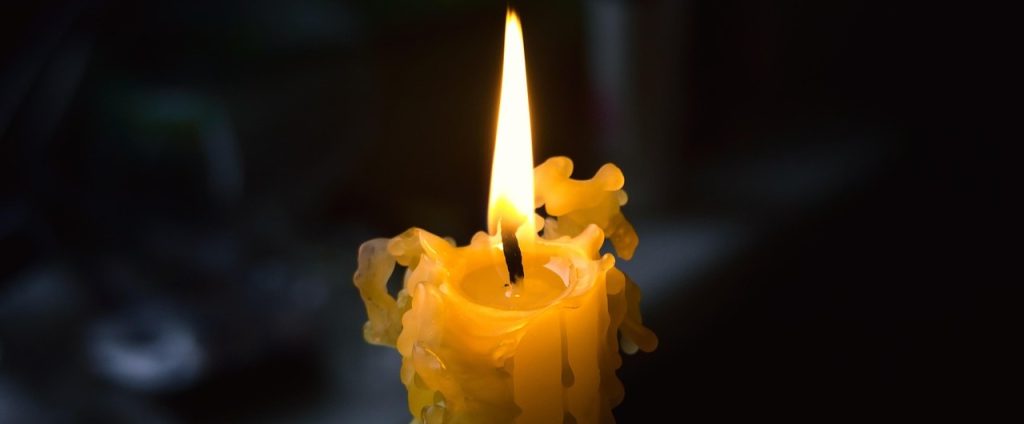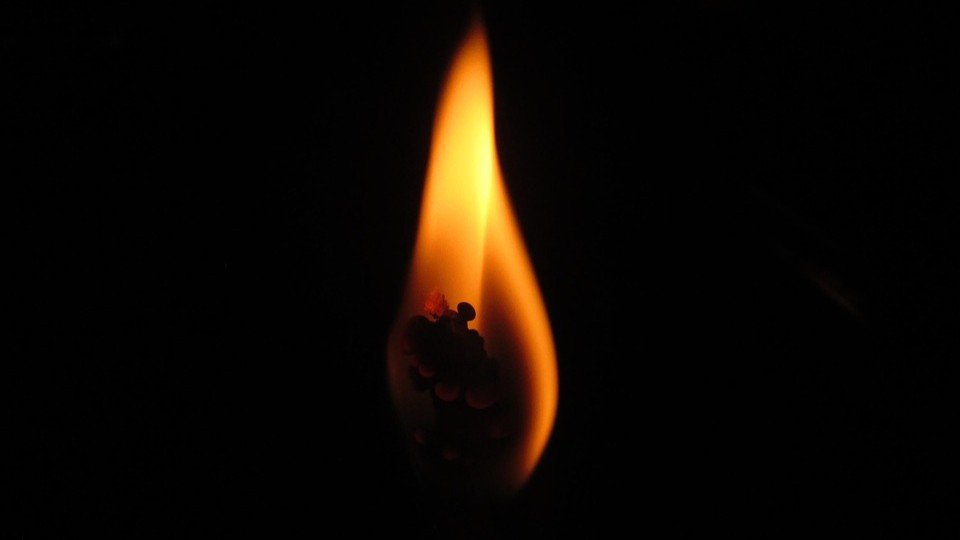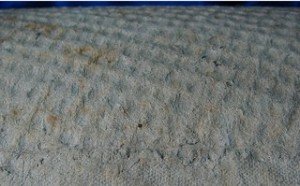
2. Transite boards, asbestos-cement boards, and corrugated boards have texture and colour similar to Transite pipes above. Flat panels were used as a water and weather-resistant material. Corrugated panels were used as a common roofing material.
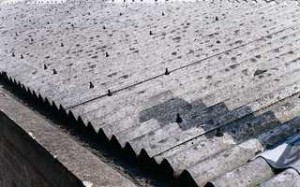
3. Vermiculite attic insulation. This insulation may contain up to 6% of asbestos.
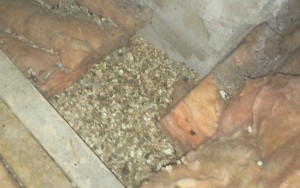
4. Insulation for pipes or boilers, pipe wrap (fabric), and mastic (glue). All three of these components may contain asbestos.
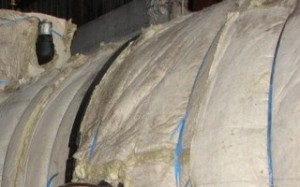
5. Vinyl floor tiles, underlay, and adhesive. Asbestos was used in all three materials. Usually, we see up to 5% of asbestos in these samples.
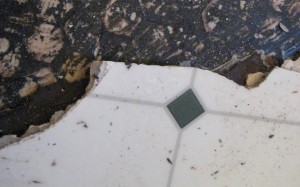
multiple layers of tiles
6. Textured ceiling paint (popcorn ceiling). May contain up to 4% of asbestos.

7. Ceiling tiles. They contain up to 10% of asbestos.
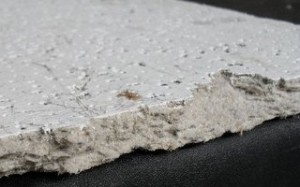
8. Putties, caulks. Typically contains less than 3% of asbestos.
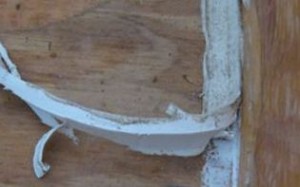
9. Roofing shingles. They may contain up to 5% of asbestos. Common for very old roofing.
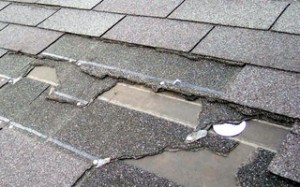
10. Joint compound. It may have up to 3% of asbestos.
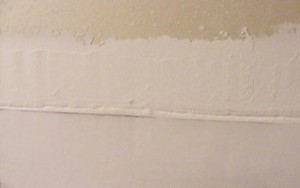
- Roofing tar, and especially from flat roof buildings.
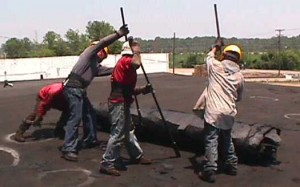
If you suspect that your house is contaminated with asbestos, bring a sample of the suspected material to our laboratory for analysis. We will test your samples and send you a formal, detailed report.
Ready to Order an Asbestos Test?
For pricing and sampling instructions please visit the Asbestos Sampling page. Please feel free to examine an example of our report and our price list. To learn more about how to collect an asbestos sample, the cost of analysis and how to order the test, please visit our FAQ page. If you are ready to place your order for asbestos testing, you can prepay it using the “add to cart” link below:

Please call us if you have any questions.

